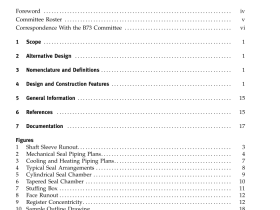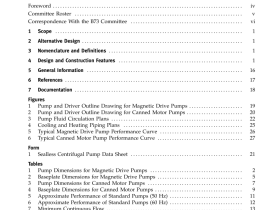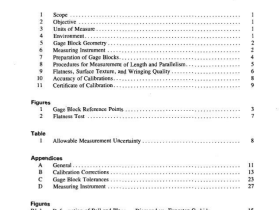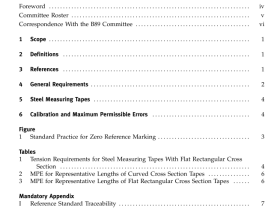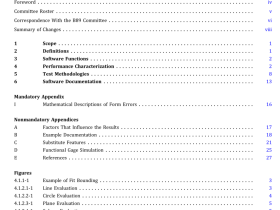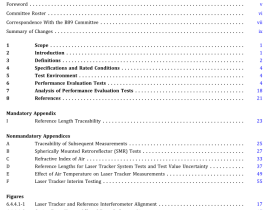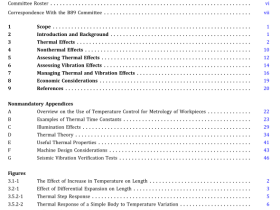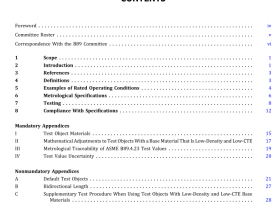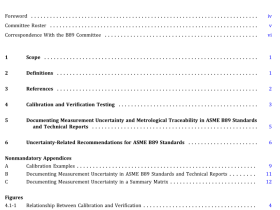ASME NTB-3 pdf download
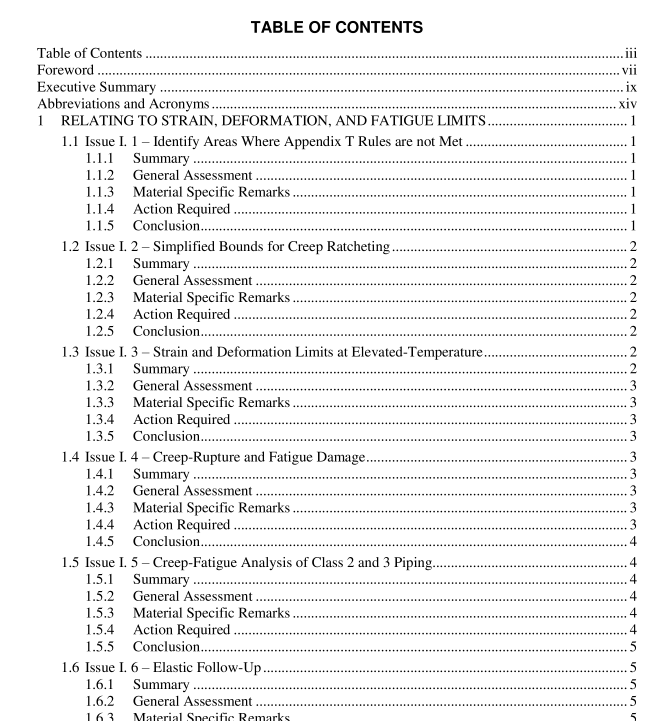
ASME NTB-3 pdf download Gap Analysis for Addressing Adequacy or Optimization of ASME Section III, Division 5 Rules for Metallic Components
1.2Issue l. 2 – Simplified Bounds for Creep Ratcheting
1.2.1Summary
From O°Donnell, Hull and Malik [l] Item OG- 5:
The Draft Code Case for Alloy 617 imposes ratcheting strain limits that are similar to theimits given in Subsection NH, but is restricted to an upper temperature limit of 649CSimplified ratcheting evaluation procedures require development for temperatures above649°C 111]. New work has been proposed to ensure that recent technology developmentsare incorporated [9].
Huddleston and Swindeman stated this issue in ltem HS- 13 as “difficult, overly conservative ratchetingdesign rules” and noted that the rules have been improved since the CRBRP to include applicability tostructural discontinuities and application to nonaxisymmetric geometries and nonlinear temperaturegradients. It is considered a design basis economic issue and is not included as one of the top ten majoiissues.
1.2.2 General Assessment
The current strain accumulation rules have geometric and service level transient design restrictions. Therules are also complicated to apply. The BPVC Section Ill, Division 5 elastic rules for strain limitsevaluation are based on the decoupling of creep and plasticity.For temperatures above a certain cut off thedecoupling of creep and plasticity can no longeriustifiedviscoplastic model is necessaryto describe the deformation behavior. The recently developed EPP methodology for strain limits evaluatiorofType 304 and 316 stainless steels does not depend on the decoupling of creep and plasticity, It has heendemonstrated by tests to be applicable to the full temperature range permitted code allowable stressesincluding very high temperatures where creep and plasticity are no longer decoupled. Cut off temperaturesfor the Class A materials have recently been established [12].
1.2.3 Material Specific Remarks
An Alloy 617 Code Case that includes the EPP methodologies which do not depend on the decoupling olcreep and plasticity, and hence do not have the 649″C upper temperature limit for Alloy 617 as in the currentstrain accumulation rules, is being balloted by ASME Code committees.
1.2.4 Action Required
(1) Complete the ASME approval process for the Alloy 617 Code Case, and (2) complete the extension ofthe EPP methods to the remaining Class A materials.
1.2.5 Conclusion
Tentatively categorized as optimization.
Issue l. 3 – Strain and Deformation Limits at Elevated-Temperature1.3
1.3.1Summary
From O°Donnell,Hull and Malik Item OG- 12:Current NH rules address these issues; however, extrapolation of creep- fatigue data is anongoing challenge particularly at the extremes of the creep regime. At the low temperatureend the concern involves the definition of negligible creep and at the very high temperatureend one of the issues is whether or not plasticity and creep can be separated. Although therecan probably be improvement in the current NH approaches, the major issues identified
